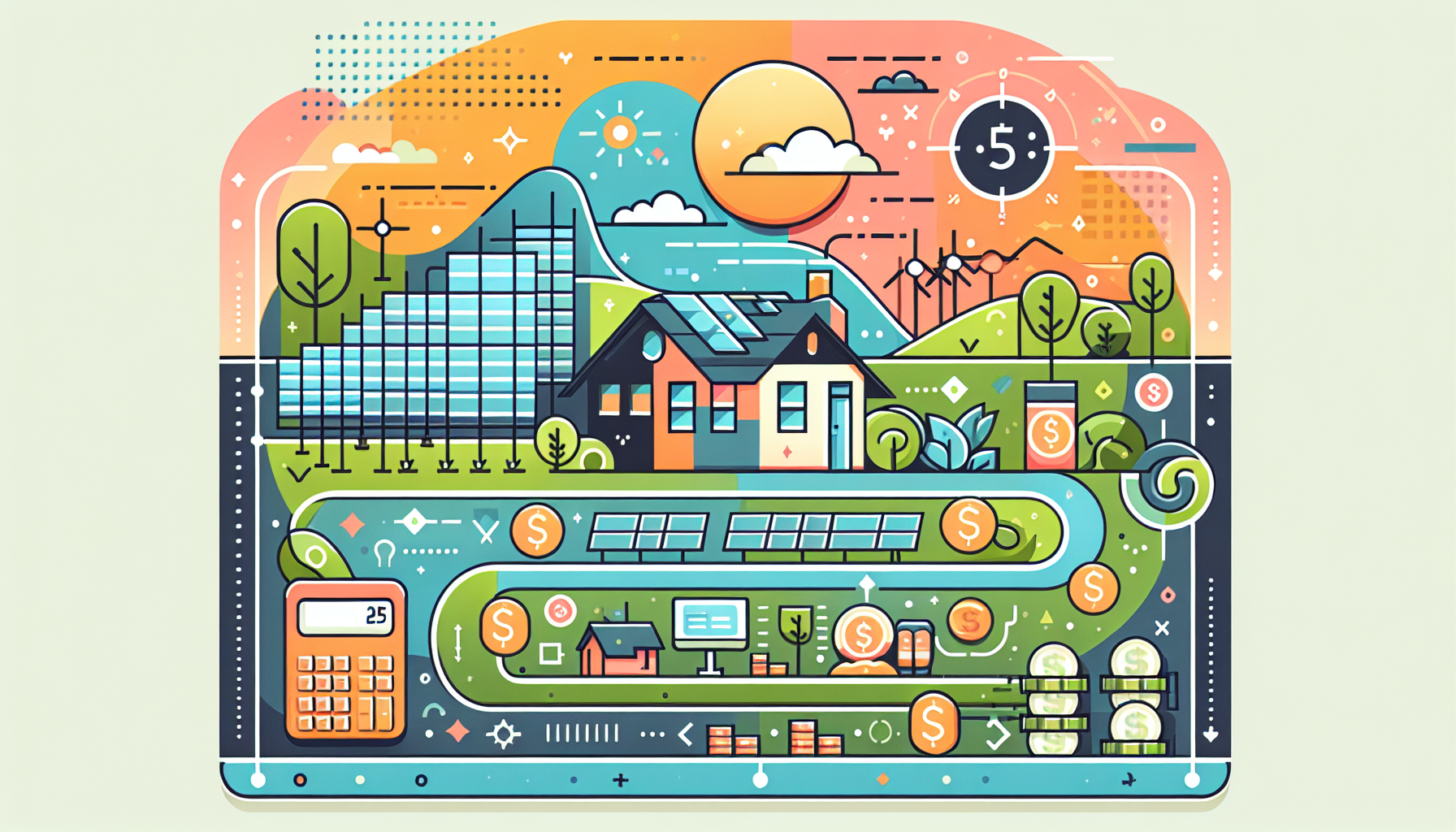Navigating Mortgages for Off-Grid Homes

Living off the grid can be a dream for many, but financing these types of properties often presents unique challenges. Traditional lenders may view off-grid homes as risky due to their reliance on alternative energy sources and self-sufficient systems. However, there are strategies and resources available that can help you navigate the world of mortgages for off-grid homes. In this article, we will delve into the specifics of financing off-grid properties, highlighting the best options and tips for securing the right mortgage.
Understanding Off-Grid Homes and Their Financing Needs
Off-grid homes are defined by their independence from public utilities such as electricity, water, and sewage systems. They typically rely on alternative energy sources like solar, wind, or hydroelectric power for electricity, and may have their own water collection and waste management systems. This self-sufficiency appeals to those seeking a more sustainable lifestyle, but it also means that these homes don't fit the traditional lending criteria used by many financial institutions.
For instance, big banks like Chase, Bank of America, and Wells Fargo tend to shy away from lending on off-grid properties due to their unconventional nature. However, there are alternatives that can help you secure financing.
Locating the Right Lenders for Off-Grid Properties
Community Banks and Credit Unions
The best approach for financing an off-grid home is often through local and community banks, as well as credit unions. These institutions are more likely to consider off-grid loan applications on a case-by-case basis. Because they are local, they often have a better understanding of property values and community needs, making them more flexible than large national banks.
One example of successful financing through a community bank is documented by Spin the Globe Project, where the owners managed to secure a mortgage through a local community bank, which allowed them to negotiate better terms compared to larger lenders. To explore more on community banks, you can visit their local websites to see how they might support your off-grid financing needs.
Specialized Lenders and Programs
Some lenders offer specialized programs for alternative energy homes. These lenders understand the value and sustainability of off-grid living and may provide more favorable terms. For example, PeakView Mortgage offers off-grid home loans designed to support the unique needs of these properties.
Additionally, exploring government-backed loans can be beneficial. The U.S. Department of Agriculture (USDA) provides loans for rural properties, which can sometimes include off-grid homes in rural areas. The Federal Housing Administration (FHA) also offers an option if the property meets certain criteria.
Navigating Mortgage Options for Off-Grid Homes
Interest Rate Penalties and Down Payments
When financing an off-grid home, you may encounter higher interest rates and stricter down payment requirements compared to conventional homes. These properties are often considered "special risk investments," leading to an interest rate penalty that can add up to 1% above market rates. Down payments can also be higher, typically ranging from 30% to 35% of the home's value.
Incorporating Energy Systems into the Mortgage
If your off-grid home lacks an existing renewable energy source, it can be beneficial to include the cost of installing solar or wind energy systems into your mortgage. This approach not only helps in financing the systems but can also lower your overall purchase price by negotiating these costs as part of the home sale.
VA Loans and Off-Grid Homes
VA loans are another popular option for financing homes, but they come with specific restrictions. The U.S. Department of Veterans Affairs sets Minimum Property Requirements (MPRs) that ensure homes are safe, secure, and sanitary. Fully off-grid homes often violate these requirements, making VA loans ineligible for entirely off-grid properties. However, if an off-grid property is only partially disconnected from public utilities, it might qualify for a VA loan.
To learn more about VA loans and their eligibility criteria, you can visit the U.S. Department of Veterans Affairs website.
Additional Financing Options
Construction Loans and Owner Financing
Construction loans can be an option if you're building an off-grid home from scratch. These loans allow you to finance the construction process and can be refinanced into a conventional mortgage once the project is complete.
Owner financing is another path, where the seller acts as the lender. This method can be beneficial for both parties, as it allows for more flexible terms and avoids traditional lending requirements.
Personal Loans and Lines of Credit
While personal loans or lines of credit might have higher interest rates, they can be used to cover specific costs associated with establishing an off-grid system. These options are best used when other financing routes are not viable.
Real-World Examples and Case Studies
Many organizations and individuals have successfully navigated the complexities of off-grid home financing. For instance, EkoBuilt specializes in building energy-efficient homes that can easily be adapted for off-grid living. They highlight the importance of working with lenders who understand the benefits of these sustainable properties.
Conclusion and Next Steps
Financing an off-grid home requires patience, the right strategy, and understanding the unique challenges these properties present. By exploring local lenders, specialized programs, and alternative financing options, you can successfully secure the funding you need.
To start your journey towards financing an off-grid home, consider using tools like the WP Ultimate Loan & Mortgage Calculator to better understand your financial needs and options. If you have questions or need assistance, feel free to contact us for personalized guidance.
In conclusion, while off-grid home financing presents unique challenges, there are numerous avenues to explore. By researching local options, understanding the requirements of various loan programs, and working with experienced lenders, you can make your dream of living off the grid a reality.
For more insights and resources, explore our other articles on mortgage financing and loan options available on WP Ultimate Loan & Mortgage Calculator.











